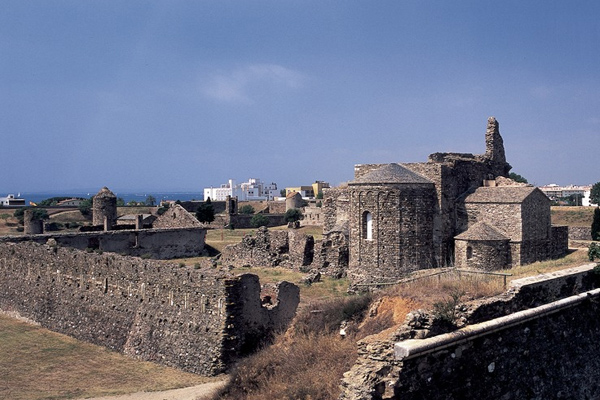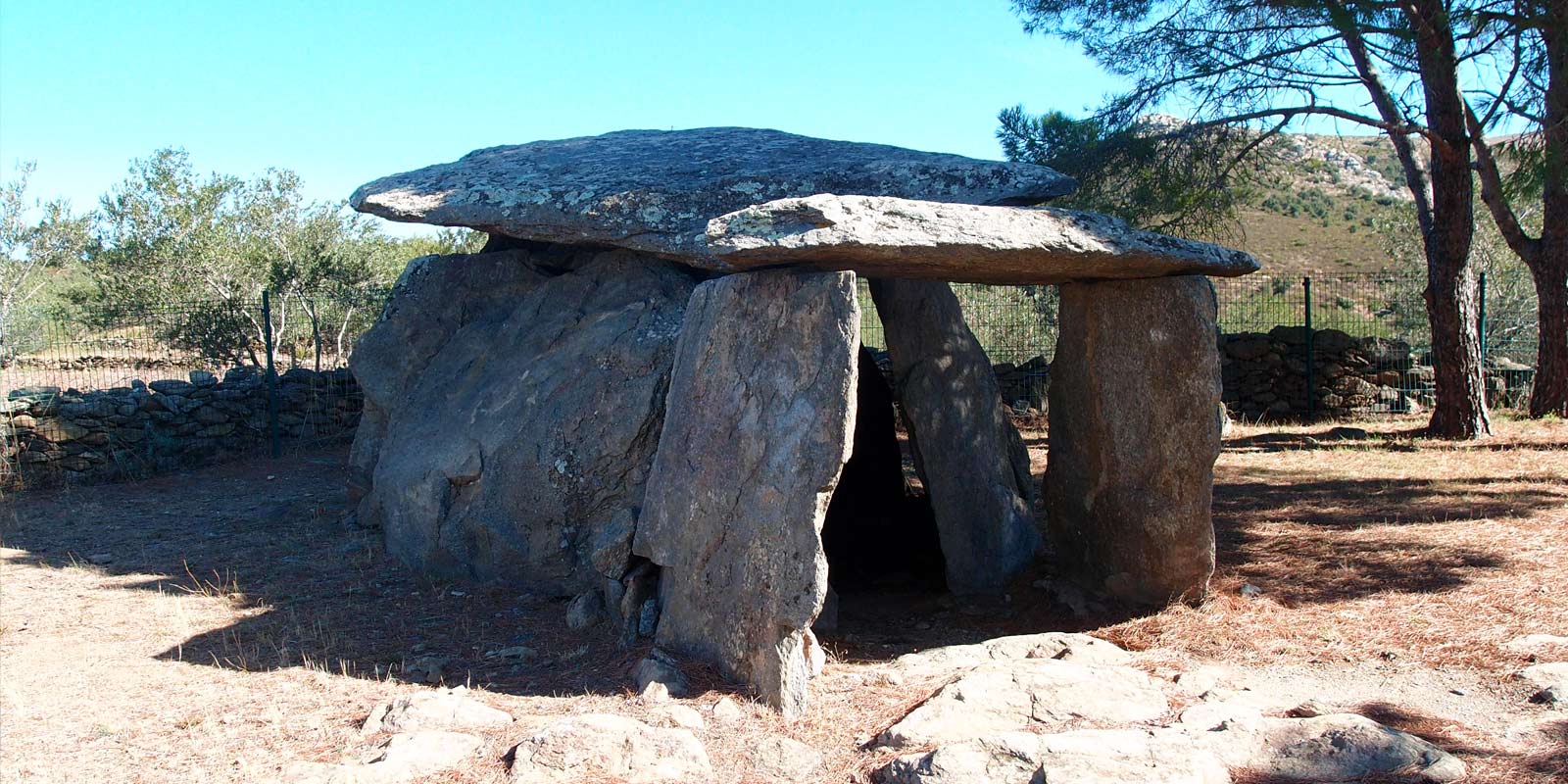Congratulations, you are about to book at the best rate!

Photo by 44BART44
The sea
You will love almost any corner of this area of the Costa Brava, however we propose 4 of the most beautiful beaches and coves of Rosas:
- L´Almadrava,
- Cala Montjoi,
- Cala La Pelosa,
- Cala Joncols.
Cap de Creus Natural Park
The Cap de Creus Natural Park invites its visitors to witness incredible views of cliffs, coves and landscapes.
One of its best viewpoints is at the Cap de Creus Lighthouse. Come to see for yourselves stunning views of the Mediterranean in this place of dramatic beauty.
In the Lighthouse itself there is a restaurant where you can eat while contemplating the sea. Book before going so you can request a table on the terrace with a view.
For the more adventurous: several trails run through the Natural Park and it is possible to snorkel in its coves. Likewise, it may be an excellent idea to go for a catamaran ride with one of the local companies that offer this service.
DalĂ
CadaquĂ©sÂ
Near Roses is CadaquĂ©s, a beautiful town in itself: with its white houses, its port, its Church perched on the promontory that this town occupies … but also nearby you will also have the chance to visit what was the house of DalĂ of Portlligat.
It certainly deserves a visit. It is advisable to book the visit in advance.
DalĂ Theater-Museum in Figueres
The DalĂ Theater-museum offers a unique vision of the artistic conception of the great genius of surrealism: Salvador DalĂ.
The museum has six rooms that collect 22 points of interest: objects that belonged to the artist, pictorial creations, sculptures …
An excellent window into his life, his work and who was his partner, his manager and his muse: Gala.
Essential!

Photo by Orban_Code

Photo by Pere LĂłpez
Monastario de Sant Pere de Rodes
Although the Romanesque has exceptional examples throughout the province of Girona, Sant Pere de Rodes is one of its most emblematic exponents.
Not only for its monumental architecture, but also for the enclave – of extraordinary natural beauty – in which it is located.
Its splendor as a monastery and religious center lasted for centuries, from the XI to the XIV, proof, already eternal, of this are its extraordinary dimensions and the fineness of its forms.
The monastery is built in terraces to adapt to the terrain and the various buildings are organized around the cloister and the church, built between the 10th and 11th centuries. In these two buildings you will be able to see an exceptional sample of Romanesque sculpture: the columns (original from antiquity) and the capitals that crown them tell us about the marked classical influence that this unique church has.
From the monastery you will be able to enjoy one of the best views of Cap de Creus. Shortly before arriving, there are the remains of the medieval town of Santa Creu de Rodes, among which the church of Santa Helena de Rodes stands out.

Megalithic complex
Inhabited since remote times, Roses possesses one of the most complete and impressive megalithic itineraries of the Costa Brava.
Three large dolmens conserve the memory of the area’s first settlers: the Creu d’en Cobertella (the Cobertella Cross) (3000-2700 BC), the Llit de la Generala (the General’s Bed) (3200 BC) and the Cap de l’Home (the Man’s Cape).
The Creu d’en Cobertella, the largest dolmen in Catalonia, dates from the Neolithic period and was declared a historic and artistic monument in 1964. It has a large gallery covered by a four-ton slab which measures 5.20 m long, 2.45 m wide and 2.14 high.
The tour around the origins of the town also reveals the funeral chamber of the Casa Cremada (the Burnt House) and its two menhirs (4th-3rd millennia BC), and the cave-dolmen of the Rec de la Cuana from 2500 BC.

Citadel and Museum
A walk around the Citadel is essential for anyone visiting Roses.
Declared a historical-artistic complex in 1961, the Citadel contains relics of various periods and occupation times.
The military fortification, with its monumental Sea Gate, is a Renaissance-style enclosure of 131.480 m2 built in 1543.
Its interior constitutes an important archaeological site, containing the remains of the Greek town of Rhode, founded in 776 BC by traders from the island of Rhodes; the Hellenistic district, which enjoyed its period of greatest prosperity in the 4th and 3rd C. BC; the Roman villa, dated between the 2nd C. BC and 6th C. AD; the Lombard Romanesque monastery of Santa Maria, from the 11th C.; and discoveries from the 19th C.

Trinity castle
The Trinity Castle crowns the Poncella point above the Roses lighthouse. This military construction, which dates from 1544, was erected under the reign of Emperor Charles V.
It has the shape of a five-pointed star, with pronounced angular corners for defence against enemy projectiles.
It is built on a very grand scale, with two meter thick walls. It had three terraces for batteries of cannons, howitzers and mortars, set at different heights, to defend the port and the coast. It had a garrison of up to two hundred men. Though now in a very ruined state, the whole remains is an extraordinary example of a coastal artillery fortress

Aiguamolls del EmpordĂ
The Emporda Aiguamolls or Marshes natural park was declared a protected area after a long and intense defense campaign that began in 1976, intended to avoid the development of the area.
The park itself is divided into three main areas:
The “Estanys” reserve: with great areas of cane fields, bull rushes and floodplains.
The “Llaunes” reserve: with coastal lakes, salt marshes and dunes.
The “Illa de Caramany” reserve: located in the middle, where a large quantity of birds nest.
reserves@hoteluniversroses.com
Av. de Rhode, 281, 17480 Roses, Girona
Tel: +34 972 25 61 50
WhatsApp: +34 619 63 23 43






